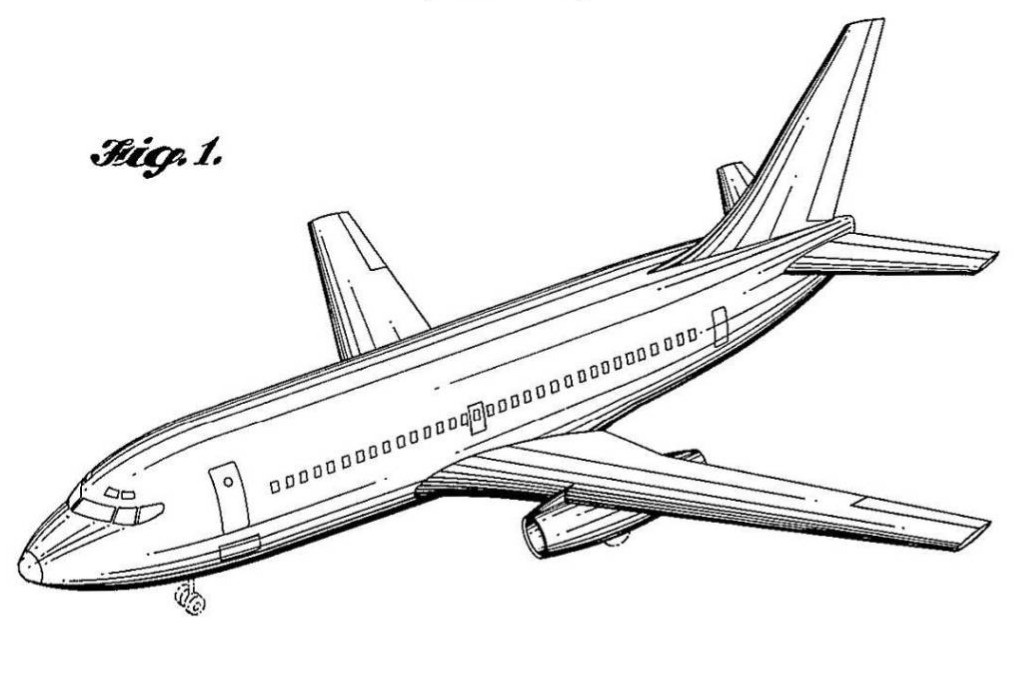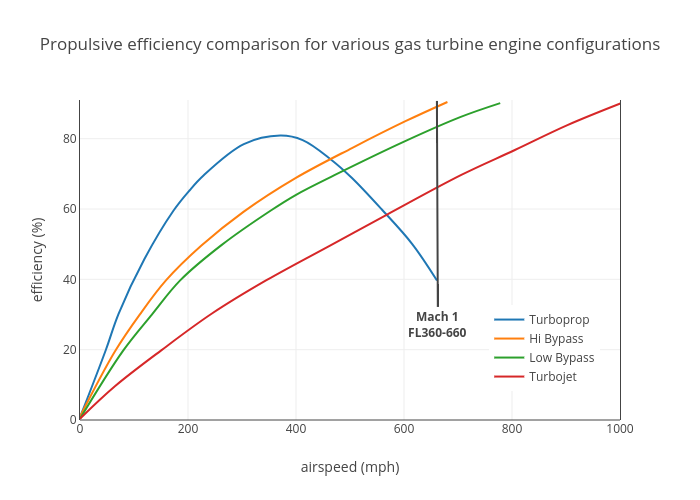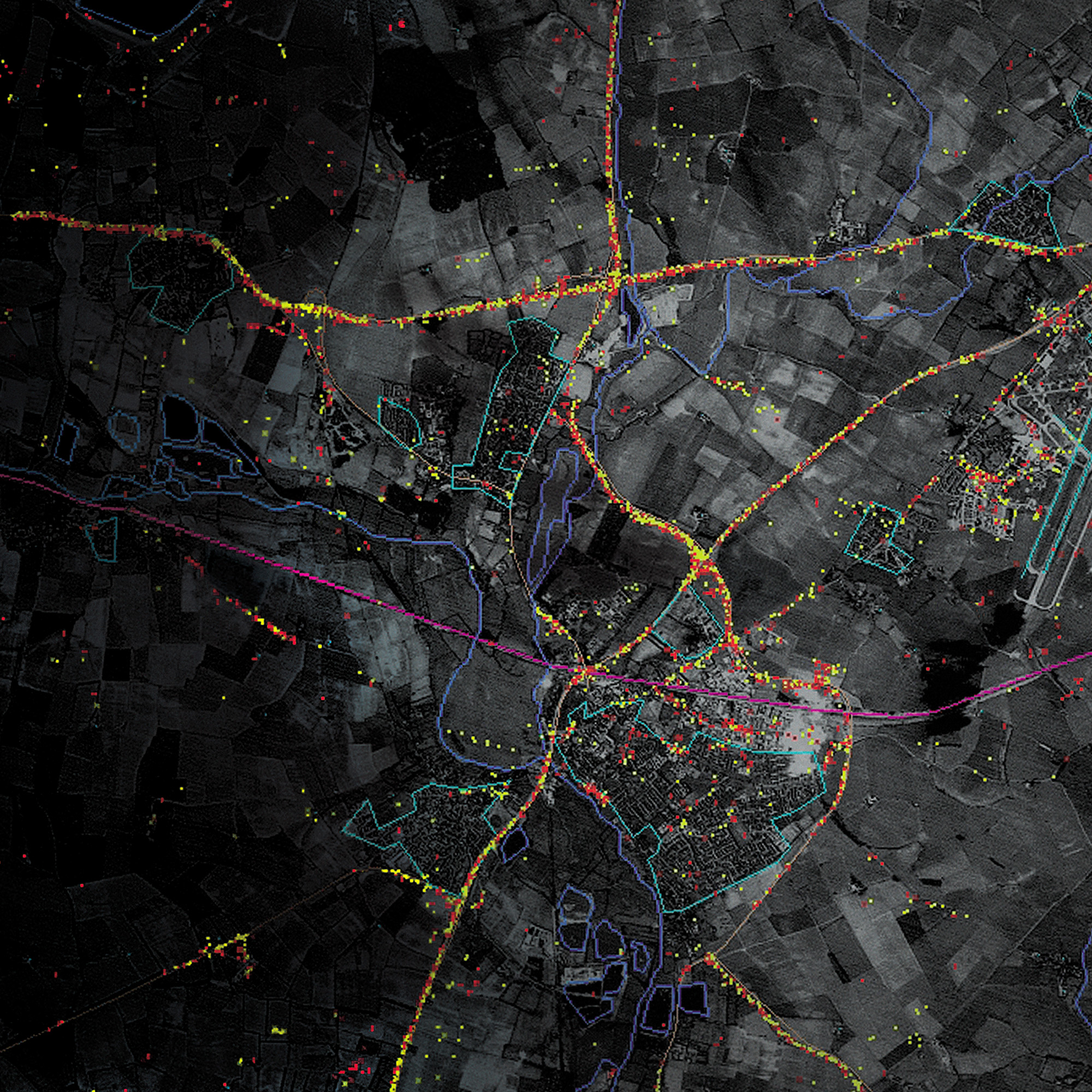|
JT8D
The Pratt & Whitney JT8D is a low-bypass (0.96 to 1) turbofan engine introduced by Pratt & Whitney in February 1963 with the inaugural flight of the Boeing 727. It was a modification of the Pratt & Whitney J52 turbojet engine which powered the US Navy A-6 Intruder and A-4 Skyhawk attack aircraft. Eight models comprise the JT8D standard engine family, covering the thrust range from 12,250 to 17,400 pounds-force (54 to 77 kN), and power the 727, 737-100/200, and DC-9. The updated JT8D-200 family, covering the 18,900 to 21,000 pounds-force (84 to 93 kN), powers the MD-80 and re-engined Super 27 aircraft. The JT8D was built under license in Sweden as the Volvo RM8, a redesigned afterburning derivative for the Saab 37 Viggen fighter. Pratt & Whitney also sells static versions for powerplant and ship propulsion as the FT8. Design The JT8D is an axial-flow front turbofan engine incorporating a two-spool design. There are two coaxially-mounted independent rotating asse ... [...More Info...] [...Related Items...] OR: [Wikipedia] [Google] [Baidu] |
McDonnell Douglas DC-9
The McDonnell Douglas DC-9 is an American five-abreast, single-aisle aircraft designed by the Douglas Aircraft Company. It was initially produced as the Douglas DC-9 prior to August 1967, after which point the company had merged with McDonnell Aircraft to become McDonnell Douglas. Following the introduction of its first jetliner, the high-capacity DC-8, in 1959, Douglas was interested in producing an aircraft suited to smaller routes. As early as 1958, design studies were conducted; approval for the DC-9, a smaller all-new jetliner, came on April 8, 1963. The DC-9-10 first flew on February 25, 1965, and gained its type certificate on November 23, to enter service with Delta Air Lines on December 8. The DC-9 is powered by two rear-mounted Pratt & Whitney JT8D low-bypass turbofan engines under a T-tail for a cleaner wing aerodynamic. It has a two-person flight deck and built-in airstairs to better suit smaller airports. The aircraft was capable of taking off from 5,000 ft r ... [...More Info...] [...Related Items...] OR: [Wikipedia] [Google] [Baidu] |
Boeing 727
The Boeing 727 is an American Narrow-body aircraft, narrow-body airliner that was developed and produced by Boeing Commercial Airplanes. After the heavier Boeing 707, 707 quad-jet was introduced in 1958, Boeing addressed the demand for shorter flight lengths from smaller airports. On December 5, 1960, the 727 was launched with 40 orders each from United Airlines and Eastern Air Lines. The first 727-100 rolled out on November 27, 1962, first flew on February 9, 1963, and entered service with Eastern on February 1, 1964. The only trijet aircraft to be produced by Boeing, the 727 is powered by three Pratt & Whitney JT8D Turbofan, low-bypass turbofans below a T-tail, one on each side of the rear fuselage and a center one fed through an S-duct below the tail. It shares its six-abreast upper fuselage cross-section and cockpit with the 707 that was also later used on the Boeing 737, 737. The 727-100 typically carries 106 passengers in two classes over , or 129 in a single class. La ... [...More Info...] [...Related Items...] OR: [Wikipedia] [Google] [Baidu] |
McDonnell Douglas MD-80
The McDonnell Douglas MD-80 is a series of five-abreast single-aisle airliners developed by McDonnell Douglas. It was produced by the developer company until August 1997 and then by Boeing Commercial Airplanes. The MD-80 was the second generation of the DC-9 family, originally designated as the DC-9-80 (DC-9 Series 80) and later stylized as the DC-9 Super 80 (short ''Super 80''). Stretched, enlarged wing and powered by higher bypass Pratt & Whitney JT8D-200 engines, the aircraft program was launched in October 1977. The MD-80 made its first flight on October 18, 1979, and was certified on August 25, 1980. The first airliner was delivered to launch customer Swissair on September 13, 1980, which introduced it into service on October 10, 1980. Keeping the fuselage cross-section, longer variants are stretched by 14 ft (4.3 m) from the DC-9-50 and have a 28% larger wing. The larger variants (MD-81/82/83/88) are 148 ft (45.1 m) long to seat 155 passengers in coach an ... [...More Info...] [...Related Items...] OR: [Wikipedia] [Google] [Baidu] |
Boeing 737
The Boeing 737 is an American narrow-body aircraft, narrow-body aircraft produced by Boeing at its Boeing Renton Factory, Renton factory in Washington (state), Washington. Developed to supplement the Boeing 727 on short and thin routes, the twinjet retained the Boeing 707, 707 fuselage width and six abreast seating but with two underwing Pratt & Whitney JT8D low-bypass turbofan engines. Envisioned in 1964, the initial 737-100 made its first flight in April 1967 and entered service in February 1968 with Lufthansa. The lengthened 737-200 entered service in April 1968, and evolved through four generations, offering several variants for 85 to 215 passengers. The First Generation 737-100/200 variants were powered by Pratt & Whitney JT8D low-bypass turbofan engines and offered seating for 85 to 130 passengers. Launched in 1980 and introduced in 1984, the Second Generation Boeing 737 Classic, 737 Classic -300/400/500 variants were re-engine, upgraded with more fuel-efficient CFM In ... [...More Info...] [...Related Items...] OR: [Wikipedia] [Google] [Baidu] |
Jetliner
A jet airliner or jetliner is an airliner powered by jet engines (passenger jet aircraft). Airliners usually have two or four jet engines; three-engined designs were popular in the 1970s but are less common today. Airliners are commonly classified as either the large wide-body aircraft, medium narrow-body aircraft and smaller regional jet. Most airliners today are powered by jet engines, because they are capable of safely operating at high speeds and generate sufficient thrust to power large-capacity aircraft. The first jetliners, introduced in the 1950s, used the simpler turbojet engine; these were quickly supplanted by designs using turbofans, which are quieter and more fuel-efficient. History Early history The first airliners with turbojet propulsion were experimental conversions of the Avro Lancastrian piston-engined airliner, which were flown with several types of early jet engine, including the de Havilland Ghost and the Rolls-Royce Nene. They retained the two in ... [...More Info...] [...Related Items...] OR: [Wikipedia] [Google] [Baidu] |
Aerion SBJ
The Aerion SBJ was a supersonic business jet project designed by American firm Aerion Corporation. Unveiled in 2004, the designer sought a joint venture with a business aircraft manufacturer for a $1.2–1.4 billion development in 7–8 years. Aerion received 50 letters-of-intent before enlarging the design as the Aerion AS2 in 2014. Powered by two Pratt & Whitney JT8D-219 engines, the $80 million aircraft was to transport 8–12 passengers up to Mach 1.6 and up to . Aerion abruptly announced on May 21, 2021 that it will be shutting down due to inability to raise capital. Development In 2003, Aerion commenced a search for a large aerospace partner, including Bombardier Aerospace and Dassault Aviation. The SBJ project was unveiled at the 2004 NBAA convention, backed by US billionaire Robert Bass, with introduction targeted at 2011 for a $1.2–1.4 billion development cost, anticipating a 250–300 aircraft civil market over 10 years. Aerion then planned wind tunnel testi ... [...More Info...] [...Related Items...] OR: [Wikipedia] [Google] [Baidu] |
Volvo RM8
The Volvo RM8 is a low-bypass afterburning turbofan jet engine developed for the Saab 37 Viggen fighter. An augmented bypass engine was required to give both better fuel consumption at cruise speeds and higher thrust boosting for its short take-off requirement than would be possible using a turbojet. In 1962, the civil Pratt & Whitney JT8D engine, as used for airliners such as the Boeing 727, was chosen as the only engine available which could be modified to meet the Viggen requirements. The RM8 was a licensed-built version of the JT8D, but extensively modified for supersonic speeds, with a Swedish-designed afterburner, and was produced by Svenska Flygmotor (later known as Volvo Aero). Variants and applications * RM8A - AJ 37 Viggen Since the original civil engine was designed for subsonic speeds, parts had to be thickened and made from improved materials for the higher pressures and temperatures which occur in a Mach 2 military engine. These are higher than in a Mach 2 civil a ... [...More Info...] [...Related Items...] OR: [Wikipedia] [Google] [Baidu] |
Dassault Mercure
The Dassault Mercure was a twin-engined narrow-body jet-powered airliner developed and manufactured by French aircraft firm Dassault Aviation. According to Dassault, it was the first large-scale European cooperative civil aeronautics programme. During 1967, the Mercure was proposed as a French competitor to the American Boeing 737. It was Dassault's first venture into the commercial jet airliner market, the company having traditionally built fighters and executive jets. On 28 May 1971, the prototype conducted its maiden flight, while the type entered service on 4 June 1974 with French airline Air Inter. Attempts were made to market the type in the US, including partnerships with American manufacturers Douglas, Lockheed and General Dynamics, with the vision of producing it in the United States. However, the Mercure had very little success on the market, which has been attributed to several factors, including a lack of range in comparison to rival aircraft. As a consequence, t ... [...More Info...] [...Related Items...] OR: [Wikipedia] [Google] [Baidu] |
Bypass Ratio
The bypass ratio (BPR) of a turbofan engine is the ratio between the mass flow rate of the bypass stream to the mass flow rate entering the core. A 10:1 bypass ratio, for example, means that 10 kg of air passes through the bypass duct for every 1 kg of air passing through the core. Turbofan engines are usually described in terms of BPR, which together with engine pressure ratio, turbine inlet temperature and fan pressure ratio are important design parameters. In addition, BPR is quoted for turboprop and unducted fan installations because their high propulsive efficiency gives them the overall efficiency characteristics of very high bypass turbofans. This allows them to be shown together with turbofans on plots which show trends of reducing specific fuel consumption (SFC) with increasing BPR. BPR is also quoted for lift fan installations where the fan airflow is remote from the engine and doesn't physically touch the engine core. Bypass provides a lower fuel consumption ... [...More Info...] [...Related Items...] OR: [Wikipedia] [Google] [Baidu] |
Turbofan
A turbofan or fanjet is a type of airbreathing jet engine that is widely used in aircraft engine, aircraft propulsion. The word "turbofan" is a combination of references to the preceding generation engine technology of the turbojet and the additional fan stage. It consists of a gas turbine engine which achieves mechanical energy from combustion, and a ducted fan that uses the mechanical energy from the gas turbine to force air rearwards. Thus, whereas all the air taken in by a turbojet passes through the combustion chamber and turbines, in a turbofan some of that air bypasses these components. A turbofan thus can be thought of as a turbojet being used to drive a ducted fan, with both of these contributing to the thrust. The ratio of the mass-flow of air bypassing the engine core to the mass-flow of air passing through the core is referred to as the bypass ratio. The engine produces thrust through a combination of these two portions working together. Engines that use more Propel ... [...More Info...] [...Related Items...] OR: [Wikipedia] [Google] [Baidu] |
E-8 Joint STARS
The Northrop Grumman E-8 Joint Surveillance Target Attack Radar System (Joint STARS) is a retired United States Air Force (USAF) airborne ground surveillance, battle management and command and control aircraft. It tracked ground vehicles and some aircraft, collected imagery, and relayed tactical pictures to ground and air theater commanders. Until its retirement in 2023 the aircraft was operated by both active duty USAF and Air National Guard units, with specially trained U.S. Army personnel as additional flight crew. Development Joint STARS evolved from separate U.S. Army and Air Force (USAF) programs to develop technology to detect, locate and attack enemy armor at ranges beyond the front line of a battle. August 2013. In 1982, the programs were merged and the USAF became the lead agent. The concept and sensor technology for the E-8 was developed and tested on the Tacit Blue experimental aircraft. The prime contract was awarded to Grumman Aerospace Corporation in Septe ... [...More Info...] [...Related Items...] OR: [Wikipedia] [Google] [Baidu] |










